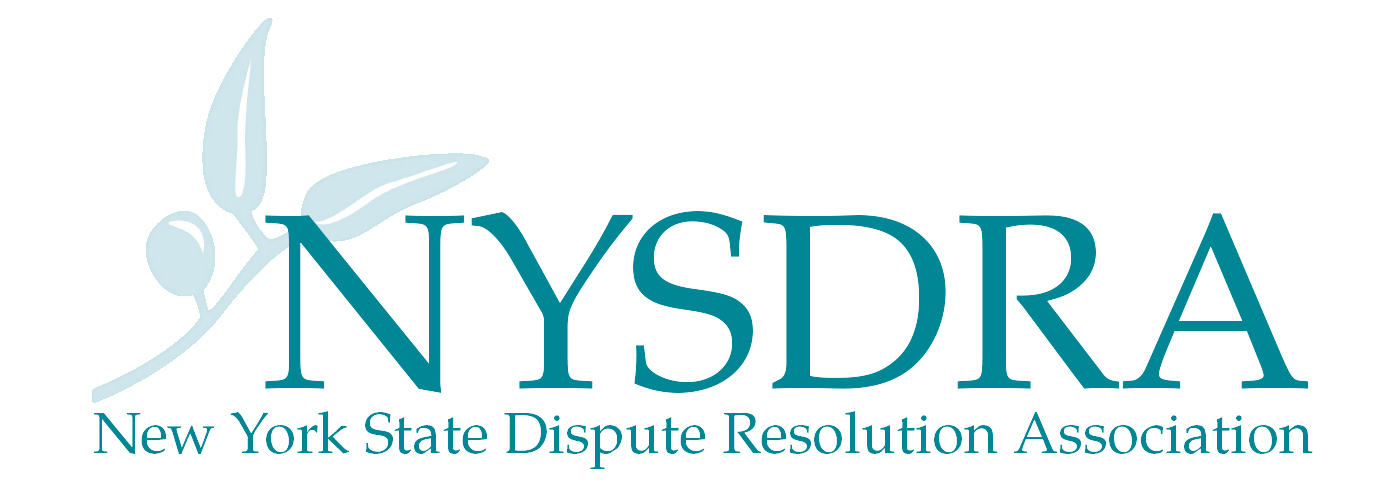Disability Etiquette for Mediators
Disability Etiquette for Mediators
Posted By Shari Greenleaf, Special Education Mediation Program Coordinator, Tuesday, September 12, 2017
Molly Misinformed is a mediator awaiting the arrival of the parties to a dispute. She is full of anticipation and geared up to help her community members solve an issue causing conflict. As the parties enter the mediation room, Molly sees that one person is sitting in a wheelchair and has a dog with a red vest on. Molly wants to help this person so she stands up and begins pushing the wheelchair to the table. She then reaches down and pats the dog while saying very loudly, “Your dog is so cute.” While still standing Molly decides to engage in small talk and says, “So, why are you in a wheel chair?”
Clearly, Molly is indeed misinformed and is need of a lesson on how to respond appropriately to a person with a disability. Community mediation needs to serve all members of the community, including people with disabilities and all mediators should be well-versed in disability etiquette.
People with disabilities are people first; they deserve the same dignity and respect as all members of our community. The most important rule in disability etiquette is don’t make any assumptions about the person with a disability and (as much as possible) interact in the same way you would with anyone else.
Basics of Disability Etiquette
1. When you meet a person with a disability, greet them and offer to shake hands as you would with anyone else. A person with a prosthetic limb may shake hands with their left hand instead of their right hand; but they will let you know how they want to shake hands.
2. Offer to help and provide accommodation but wait to hear whether or not the person with a disability needs assistance. Accept a refusal to help gracefully as each person knows what assistance or accommodation they need or do not need. Pulling a chair out may seem kind but it is not helpful if the person was counting on holding onto that stationary object for balance.
3. Do not speak loudly, more slowly or dumb down your language unless the person with a disability asks you to do so. It is disrespectful to shout at people with disabilities or talk to them like they are children.
4. Be respectful of physical contact with a person with a disability. Do not touch their bodies, their wheelchair or their service dog unless asked to do so. A person using a wheelchair often views their equipment as an extension of themselves. It is intrusive to touch their wheelchair, crutches or cane. A service dog is not a pet but is working companion.
5. Speak to the person with a disability, not to their companion or sign language interpreter. For those who read lips, it is easiest for them if you face them directly.
6. Be patient and do not rush the person with a disability. It may take a person a little more time to enter the mediation room, to sit down at the table or to speak. There is no need to try to hurry the person along or try to finish their sentence. Don’t focus on how quickly the parties move or speak - just relax and pay attention to what is said at the mediation. If you can’t understand what a party says, just ask them to repeat themselves or clarify what they said.
7. If you are sharing a document (such as a proposed agreement to resolve the mediation), please make sure you put it within reach of the person with a disability. Even better, get in the practice of reading the proposed agreement out loud for all parties. This ensures everyone hears the same thing and can eliminate problems for those who have reading disabilities, those who have visual impairments and anyone who can’t read printed text. You can share the draft written agreement after reading it out loud.
8. Please do not call attention to the disability. Asking about the nature of the disability, how the person acquired the disability or other intrusive questions are not appropriate. By initially asking if the person needs any assistance or accommodation, you can respectfully acknowledge that you are aware of the disability and are willing to meet the person’s need.
The most important thing to remember when a party to a mediation is a person with a disability is this: a person with a disability is a person first and deserves to be treated with respect and dignity. A community mediator who is aware of disability etiquette is best able to serve all members of the community, including people with disabilities.
